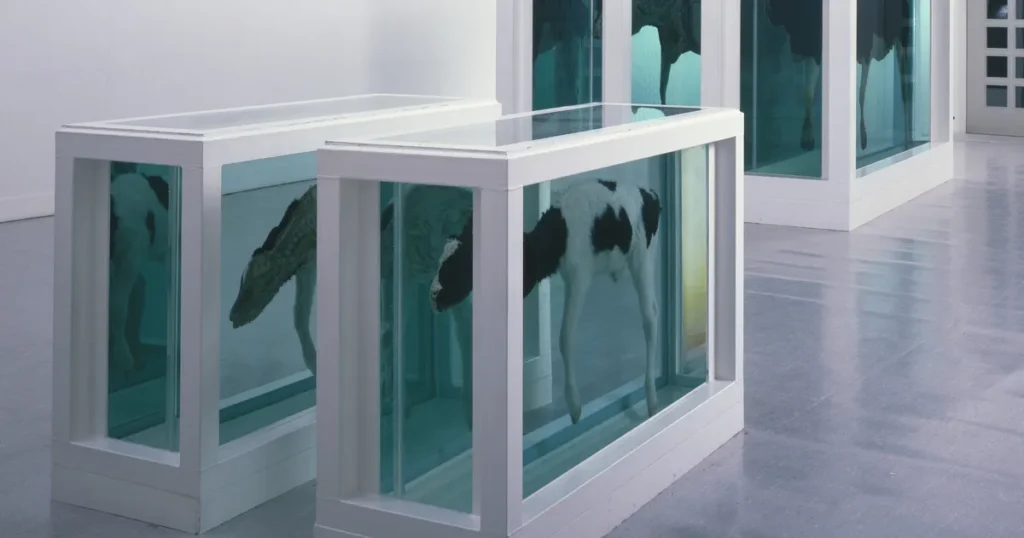Conceptualism is a movement that emerged in the second half of the 20th century, especially from the 1960s onwards, and decisively reshaped the notion of art. Unlike previous movements that prioritized the form, technique, or materiality of the artistic object, conceptualism shifts the emphasis to the realm of the idea.
What comes to define the work is no longer its appearance or manual execution, but the thought that structures it. This inversion of priorities gives art a reflective and critical function, often closer to philosophy, linguistics, or political theory than to the pictorial or sculptural tradition.
The Idea as a Work of Art: The Essence of Conceptualism
The Nature of the “concept” in conceptualism is not simply a vague or subjective idea, but a statement, a proposition, or a system of thought that can be communicated, recorded, or experienced in different ways. In many cases, the work is reduced to a written instruction, a text, a documentary photograph, or a performative action.

This propositional nature breaks with the expectation that a work of art must be a unique, auratic object intended for aesthetic contemplation. Instead, art becomes dematerialized, capable of being reproduced, restated, and updated in different contexts. This change translates into practices that question traditional art institutions and values.
Examples range from the works of artists like Joseph Kosuth, who defined art as an investigation of its own definition, to the propositions of Lawrence Weiner, who conceived of sentences as autonomous works.
The concept, in this sense, is the core of the work: an intellectual operation that can be read, understood, or reinterpreted without depending on a specific medium. Instead of seeking beauty or formal originality, conceptual artists problematize categories such as authorship, ownership, the market, and the museum.
The Legacy and Influence of Conceptual Art Today
Conceptualism also expanded to Latin American contexts and other peripheral circuits, where it took on particular political and social contours.
Conceptual art was used in countries with dictatorships. It was not just a formal experiment. It was a strategy of resistance. So, it used visual and textual codes. This helped circumvent systems of repression. It also articulated critical discourses.
Thus, the concept was not limited to aesthetics. It became a form of cultural and political action. In its contemporary reception, conceptualism has changed. It is not just a historical movement. It is no longer just from the 1960s and 1970s. Thus, it has now become a permanent reference.
Today, many artistic practices use a key heritage. This is the centrality of the idea. They do this even as they re-engage with materials. They also use traditional techniques or digital media. The concept remains an essential dimension of art. But it now coexists with other layers. These layers include form and sensory experience. They also include institutional critique and participation.
Contemporary art deals with the concept in a new way. It is more pluralistic and less dogmatic. The conceptual legacy has been absorbed. It is now part of the common artistic vocabulary.
The concept is no longer the opposite of materiality. It is now an axis. It structures the meaning of the work. This is true for an object or performance. It is also true for a digital installation.
Thus, the contribution of conceptualism remains alive. It reminds us that art is a field of thought. Its strength is not exhausted in formal novelty. So, its strength is in its capacity to question. It questions the world that produces it.



